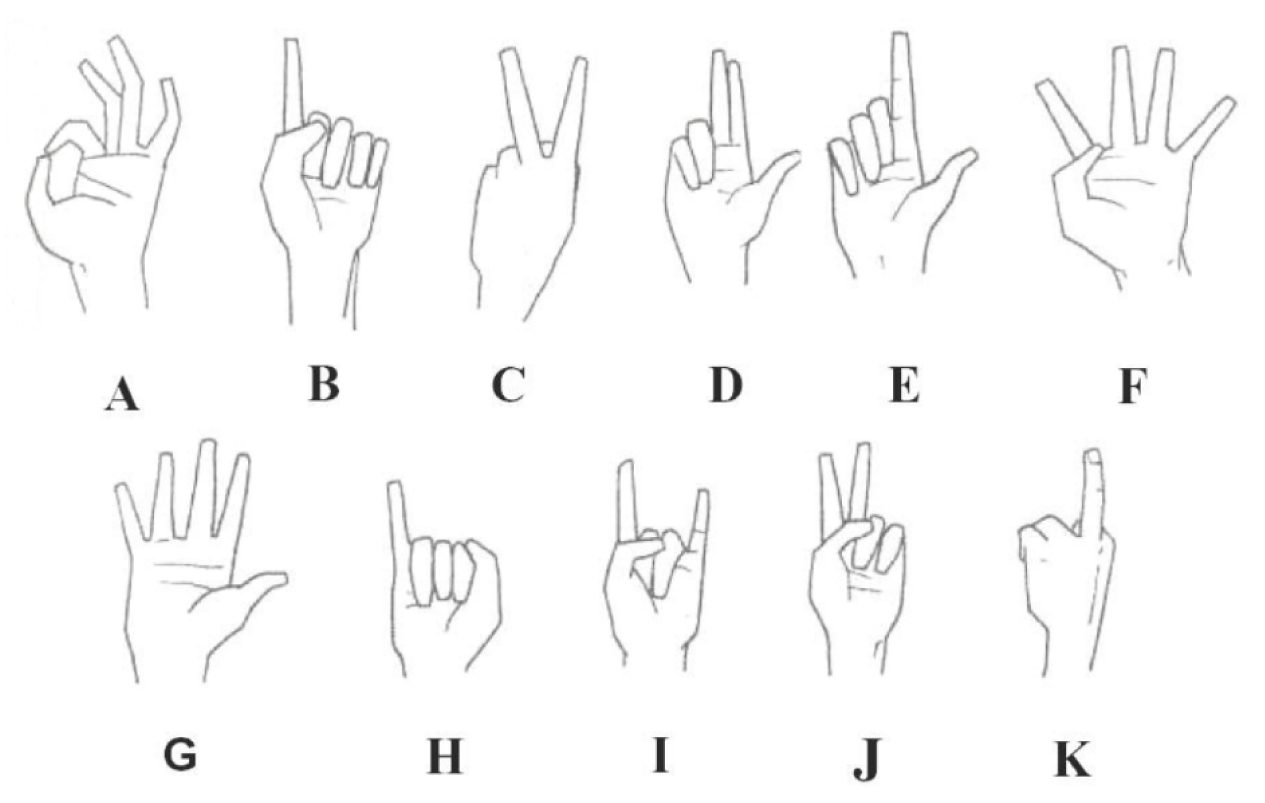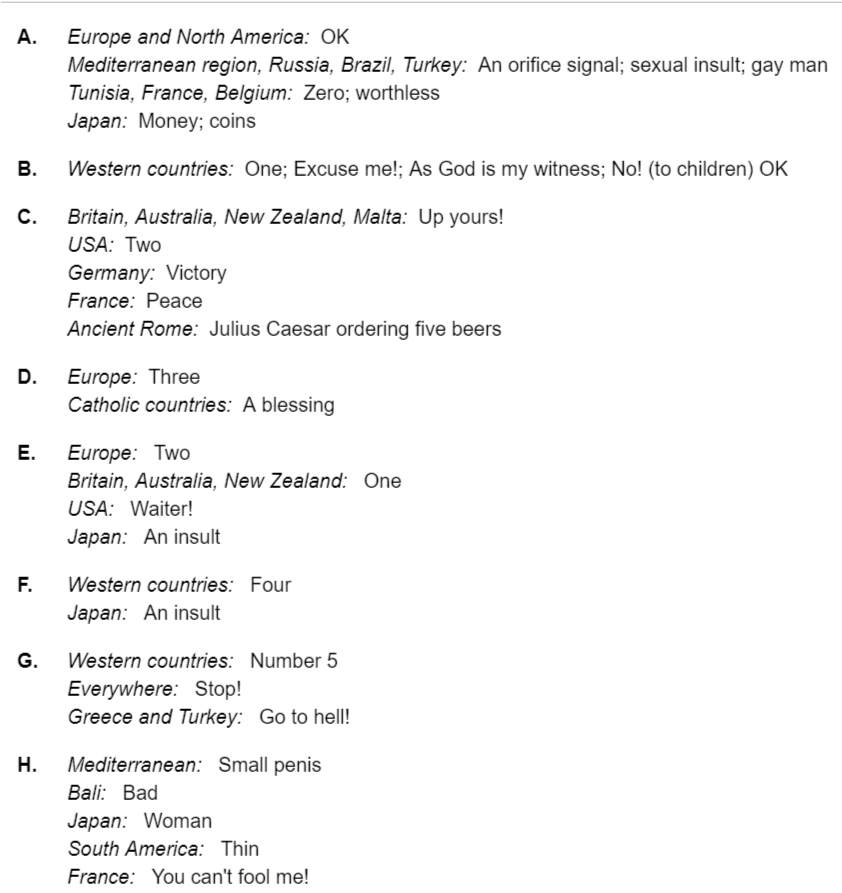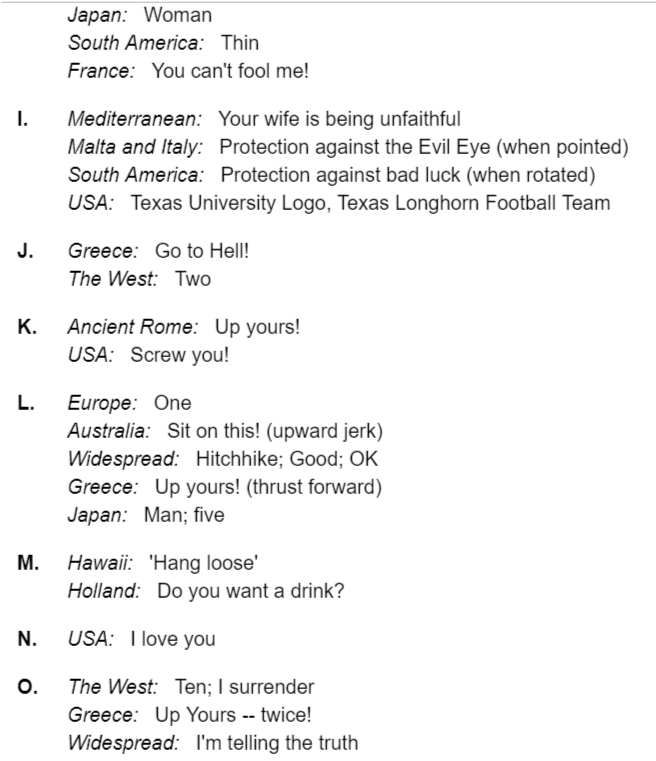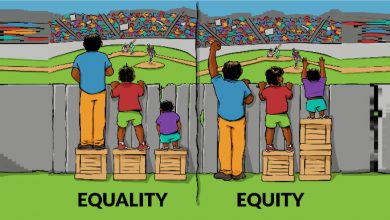Body Language of Different Cultures
We spend major portion of our time talking with others, sometimes even without using words, but, how much are we really communicating? Communicating with others has more than one aspect, and although verbal communication is considered to be a more dominant form of communicating, we also say a lot when we don’t speak. In fact, only 7% of our communication is verbal and relates to what we actually say (according to Dr. Albert Mehrabian). The rest are 55% for body language and 38% is vocal variety. Even though some consider this view extreme, the non-verbal form of communicating is still a big (if not major) part of our communication. In this article, we will discuss some cultural differences when it comes to body language, which can be a helpful tool or source of conflict, depending on the level of awareness.

Why did I choose this tool?
I’ve always been interested in body language, even before I started to travel the world and came in contact with so many different cultures. When I started traveling, however, I realized that in spite of the knowledge I already had, the body language cues that I was encountering meant something quite different than I expected them too. This led me to understand that it is important to have an awareness about the meaning of body language in different cultures, rather than assuming that we already know it. This would be especially true in a multicultural training environment where there may not be so many opportunities to clarify the misunderstandings of body language.
How does this apply to being a trainer?
Gaining rapport with participants is key to opening their minds to receiving the training content, and a trainer should have access to all the means to facilitate that. While training content is mainly delivered by speech and words, a considerable portion of the communication is done subconsciously or without awareness through body language. This article gives perspective and raises awareness of the body language of different cultures, which applies to the trainer and his/her own body language as well as the participants and what could their body language mean. Understanding this would help remove boundaries and accelerate communication between the trainer and the participants.
Main content:
The body speaks volumes, whether we realize that or not. It is guaranteed that your body will give many signs even in the shortest conversations, even though not all of those signs are conscious or voluntary. The question is this: is our body language giving the signs that we want? Or is it giving conflicting or opposite signs? It might be one of the main reasons why two trainers, delivering the same content using the same methods, are not liked in the same way or level.
There are many body language signs and signals. If we take the face as an example, there are facial expressions, eye contact, movement of the head, touching parts of the face or head, and even ways to use lips. That is only one part of the body, now imagine all different parts of the body multiplied by hundreds of different cultures. The result is that there is a high chance that an innocent unconscious body signal can be interpreted in a different way, which is most likely not what it was meant for originally. Different cultures interpret body signs and signals differently and knowing how to leverage that is extremely useful in almost every situation. In this article, we will categorize body language signs and signals, as well as their interpretations in different cultures. They will be categorized into three main areas based on their level of visibility on usual interactions; head, hand, and other body parts.
Head; Nodding up and down usually means an agreement of positive in most cultures, but not so much for the Bulgarians and Greeks as they are known to use nodding up and down for negatives (Elkins, 2015). In some parts of India, people tilt their head from side to side to confirm something and demonstrate that they are actively listening (BARNARD, 2017). It might also be interpreted as a sign of confirmation and approval (MILDRED, 2018).
Facial expressions are among the most visual body language signals, considering that the face is usually (in most cultures) where we look at when we interact with others. Every part of the face has multiple interpretations depending on how it is used or moved. However in general there are seven different facial expressions which correspond to distinct universal facial emotions (BARNARD, 2017):
- Happiness – Raising and lowering of mouth corners, cheeks raised, and muscles around the eyes are tightened.
- Sadness – lowering of mouth corners and raising inner portion of brows.
- Surprise – Arching of eyebrows, eyelids pulled up and sclera exposed, mouth open.
- Fear – Brows arched and pulled together, eyes wide open, mouth slightly open.
- Disgust – Eyebrows lowered, upper lip raised, nose wrinkled, cheeks raised.
- Anger – Brows lowered, eyes bulging, lips pressed firmly.
There are other, more independent, signals like tugging the earlobe for example. For Portuguese it means tasty food, for Italians it has sexual connotations, and for the Spanish it means that someone is not paying for his/her drinks (Nudelman, 2017).
Eye contact can have multiple interpretations, the intensity of eye contact has different effects in different cultures. In most western countries, eye contact is a sign of confidence and attentiveness. While eye contact in the middle eastern countries tends to be more sustained and intense than the western standard for the same sex, it is deemed inappropriate if it is beyond a brief glance between the opposite sexes (BARNARD, 2017). Some cultures, such as the Japanese and Finnish culture, consider constant visual contact awkward. In Caribbean communities, children and adolescents are taught not to look adults in the eyes when they are being corrected/told off (MILDRED, 2018). Across Latin America and Africa, extended eye contact is seen as a challenge, whereas in the U.S. and Western Europe it shows you are taking an interest in what someone is saying and is regarded as a sign of confidence (Mind tools content team, 2018).
Hands; usually, arms (as an extension with the hand) are used freely in daily conversations. However, while it is considered normal and used often in Italy and America, northern Europeans cannot tolerate gesturing with arms and taken as a sign of insecurity while Japanese consider it impolite (Elkins, 2015). Across the Middle East, it is seen as offensive to eat or offer gifts with the left hand, and in some cases a “thumbs up” gesture might also be considered rude (Mind tools content team, 2018).
A thumbs up in America and European cultures however is an indicator of a job well done (BARNARD, 2017). The way and shape we use our fingers can also be controversial in different cultures, a simple hand gesture can mean different things. If you simply start counting by hand to ten, every culture will use different fingers for numbers than the other culture. The Chinese can count up to ten with just one hand, the French start with the thumb and end with the pinky, and Americans start with the pinky and end with the thumb. In addition, the ‘come here’ sign using the finger is an insult in many Asian countries, as they only do this to pets (MILDRED, 2018).
The ‘OK’ sign in Greece, Spain or Brazil means you are calling someone an “a**hole”. In Turkey, it’s meant to be an insult towards gay people (BARNARD, 2017). The American ‘goodbye’ wave can be interpreted as a ‘no’ in many parts of Europe and Latin America, but the Italian wave ‘goodbye’ can be interpreted by Americans as ‘come here’ (Nudelman, 2017).
Other body parts; sitting posture, for example, can be interpreted in different ways. Sitting cross-legged is seen as disrespectful in Japan, especially in the presence of someone older or more respected than you. Showing the soles of your shoes or feet can be offensive in parts of the Middle East. That is why throwing shoes at someone is a form of protest and an insult in many parts of the world – as former U.S. President George W. Bush famously discovered on a visit to Iraq in 2008 (Mindtools content team, 2018). However, sitting cross-legged is pretty common in North America and some parts of Europe (Elkins, 2015).
It can be safe to come across as open (especially for a trainer or a teacher), Openness:
(eyes are open wide, focused on the other; eyebrows may be raised; the face is turned toward you, maybe smiling, nodding, or otherwise signaling positive attitudes. The pupils of the eyes are large rather than small. the torso is turned toward the other rather than away. Hands are open, palms are open and turned toward the other, and torso is exposed rather than protected by hands or arms. Finally, legs and feet, which can be open or crossed, feet can be pointed toward the other or away from him/her/them. The former in both cases is open, the latter is more likely to be closed)
means just that, being open to the other person, or people. Receptiveness, alignment, and a positive attitude are all more likely when someone is open to you – and you’re open to them. Openness is a good thing – almost always (Morgan, 2011). However, different cultures differ in the degree of openness that is acceptable. But overall, open people tend to move toward you, closed people move away from you. The adjustments in space can be quite small, so it can be missed easily unless observed closely.
Reflection questions:
- Am I aware of my body language and what my body signs and signals are saying?
- Am I aware of the participant’s body language and what it means?
- Are participants aware of the difference in body language interpretations and how that might affect their views?
Exercises:
How to apply it in everyday life:
Take one sign/signal/gesture and first, think how you would do it and what meaning does it hold. Then, try to find signs/signals/gestures that have the same meaning, but are different from yours. This way you will start to have your own bank of different body language cues and their meaning in other cultures, which you can then leverage in your trainings. You can start with the example below (westsidetoastmasters.com, 2018), first, try to tell what each one of those signs means to you (if any) and then try to guess what it might mean in different cultures. One point for each correct guess, check for the total score (this exercise can also be implemented in trainings). Then check the guide (in the closing)




Author of the article: Aws Sabah Gheni Al-Adhami






